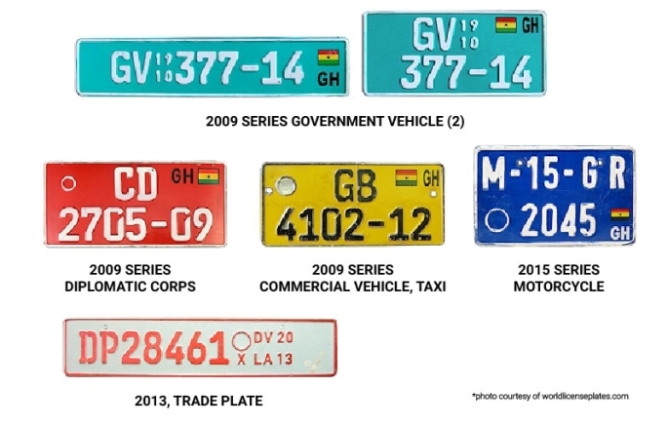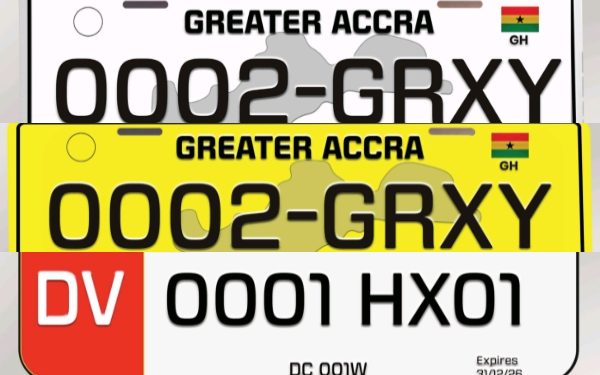Starting January 1, 2026, all vehicles in the country will adopt a new number plates system as part of efforts to modernise vehicle registration, improve road safety, and strengthen law enforcement.
The new plates, which will replace the current alphanumeric format, are expected to come with enhanced security features, including holograms, QR codes, and embedded chips to curb counterfeiting and streamline identification.
The initiative is being spearheaded by the Driver and Vehicle Licensing Authority (DVLA) in collaboration with the Ministry of Transport.
The Chief Executive Officer of DVLA, Julius Neequaye Kotey, indicated that the new design plates would have a regional identifier at the top of the plate and an area code at the end of the plate, making it easier to trace a vehicle to a specific place.
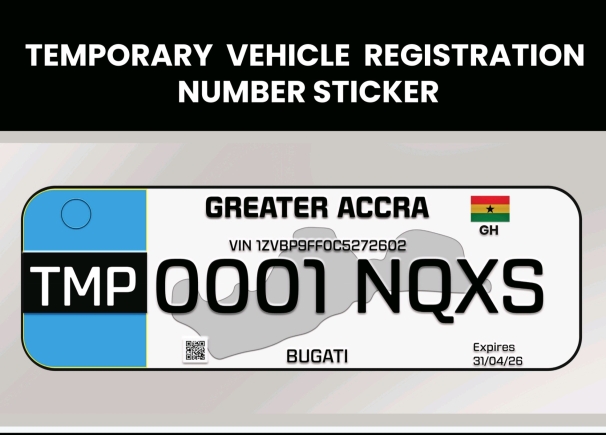
According to him, the new plate will identify vehicles by the region in which they were registered, for example, “Greater Accra” written on top of the plate, followed by the vehicle’s unique four-digit number and a code showing the zone within which the vehicle was registered.
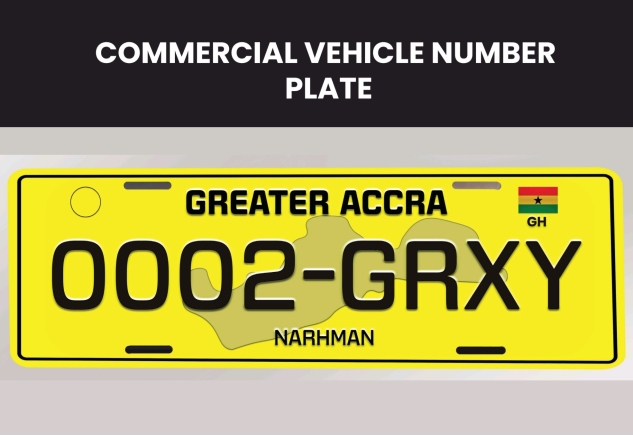
For example, a vehicle registered within the Adenta zone in Greater Accra will have “AD” code at the end of the four-digit unique number, replacing where the year of registration, for example, “25” would have been displayed.
Reacting to “DV” [Defective Vehicle] number plates, he said it is going to change.
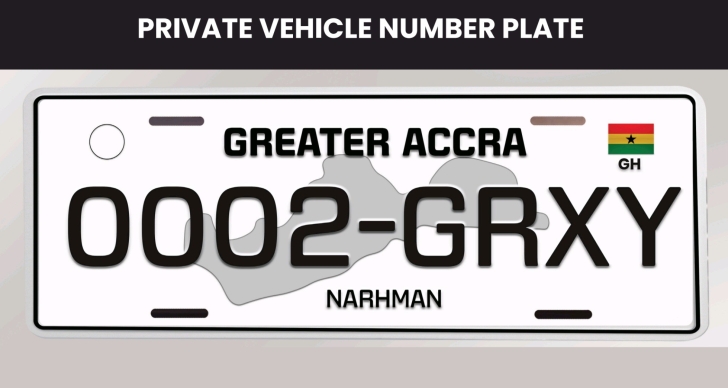
And the aim, according to him, is to help prevent and limit the use of “DV” [Defective Vehicle] plates in the system, which ordinarily is supposed to be used by car dealers for specific reasons, when they only need to move the vehicle to a specific location for repairs or for a test drive for a potential buyer.
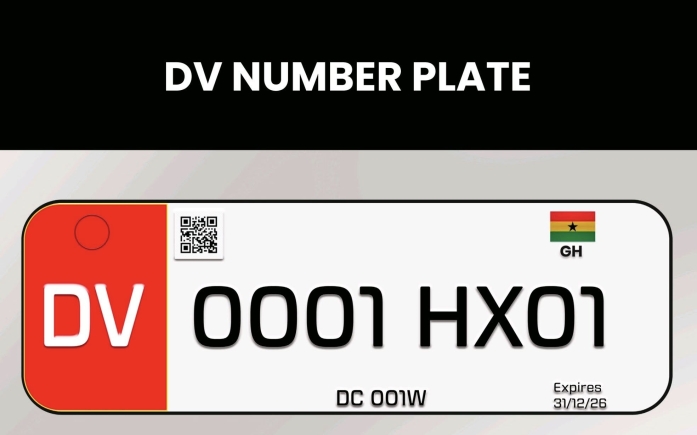
Neequaye Kotey, sharing photos of the new number plate and the temporary (TMP) plates, will look like on the Facebook page, indicated that the DVLA was introducing a new sticker for vehicles that are not yet ready for use on the road.
